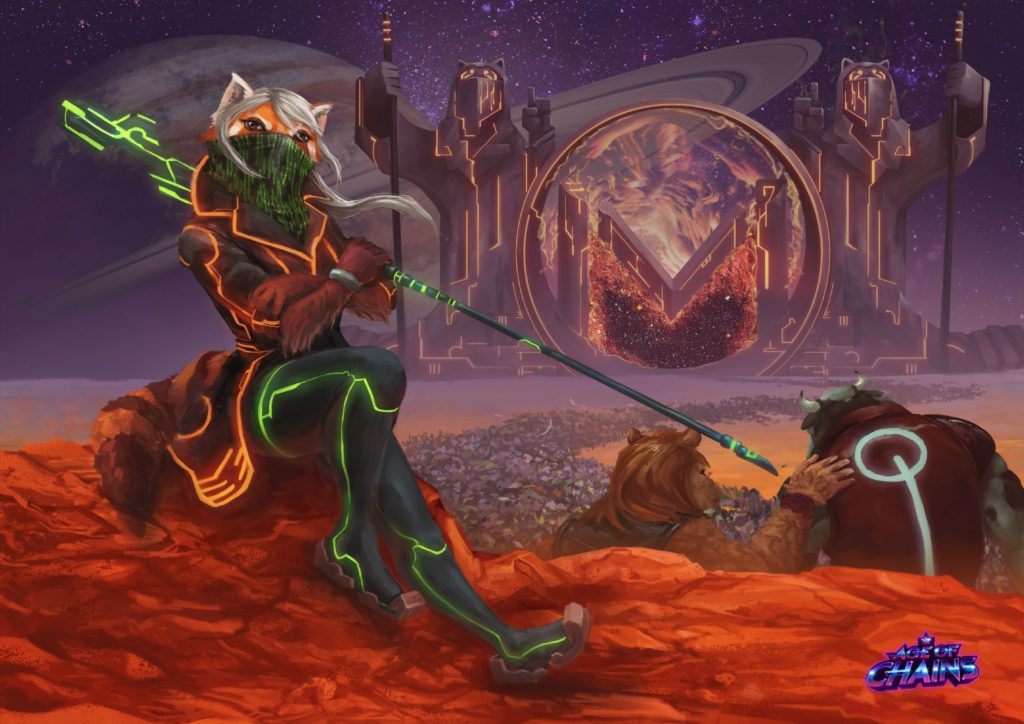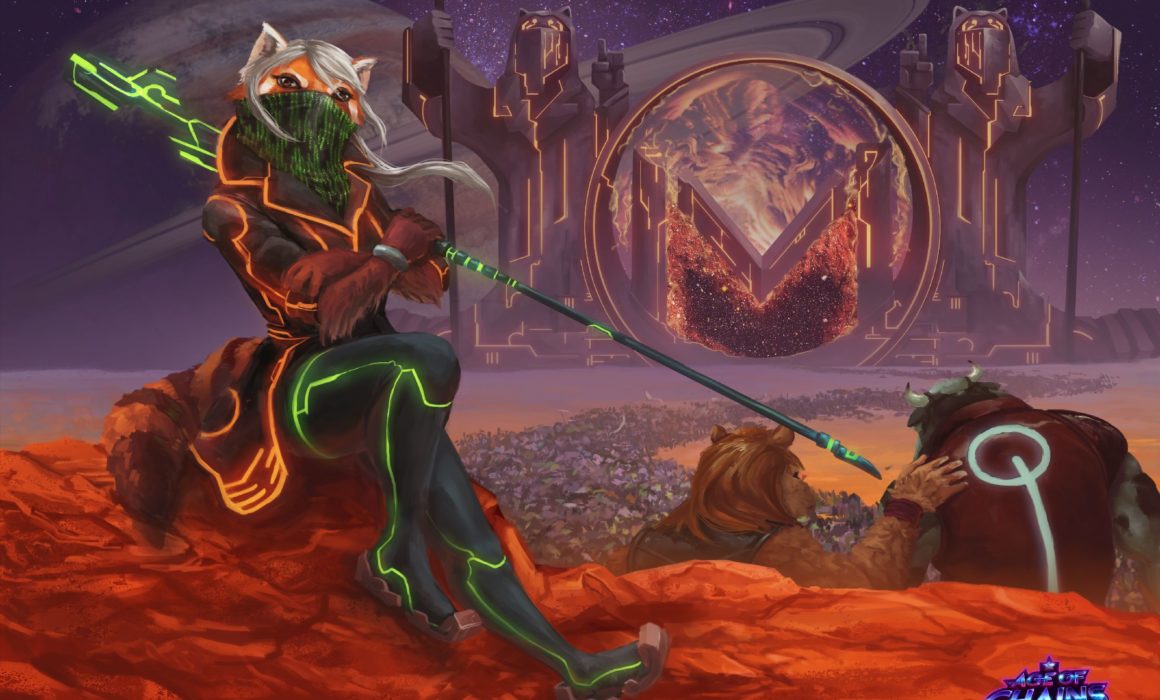While still being a mystery to many, so called crypto NFTs (non-fungible Tokens) are finding more and more appreciation in the communities of the crypto collecting and gaming industry.
Fungible Tokens Came First
In the beginning, there has only been Bitcoin: A fungible cryptocurrency where all coins, apart of their transactional history, are identical to another. Therefore, each Bitcoin can be exchanged to any other Bitcoin – they are interchangeable. And thirdly, a Bitcoin is divisible and can be split into smaller parts, just like regular currencies. However, Bitcoin is even further divisible. A Dollar is divisible to two digits after the decimal point whereas Bitcoin can be split to eight digits after the decimal point.
Following Bitcoin’s principles of fungibility, many thousands other cryptocurrencies emerged since Bitcoin’s inception. But in 2015, one project started doing things differently.
Counterparty: Beginning of the Crypto NFT
The Counterparty (XCP) project understood the need of a different kind of token. As a protocol running on top of the Bitcoin blockchain, Counterparty has been enabling the creation of the first crypto NFTs.

By paying a fee of 0.5 XCP (its native cryptocurrency), Counterparty lets its users create an alphabetic, non-divisible token (e.g. GUARDIANCARD), the first kind of a crypto NFT. This gave rise to a unique use case for blockchain: Crypto collectible trading cards.
As a result, a variety of blockchain trading card projects started building on top of Counterparty: Spells of Genesis, Sarutobi Island, RarePepe, Bitcorn and of course Age of Chains, to name a few.
Due to their design, Counterparty based crypto NFTs can be seen as a hybrid. On one side, they are non-divisible, thus resembling the classic design of an NFT. On the other side, they aren’t unique but uniform, making them interchangeable.
Let’s take a look at an example: You want create a digital trading card with a supply of 1000. As each card represents the same trading card, you don’t need it to be unique. Hence, Counterparty serves as a great solution here.
Limits of Counterparty’s Crypto NFTS
However, your goal might be to add more unique information to a token. You might want to number each individual of the 1000 cards to know which the #1, #2, etc. of the 1000 cards is. This will be rather difficult to do over XCP. Yet, for anything else, Counterparty even today is probably the simplest, most secure protocol to issue crypto collectibles, also thanks to using the Bitcoin blockchain.
In fact, even creating truly unique, non-interchangeable crypto collectibles over Counterparty is possible, e.g. by limiting the token’s total supply to 1 during the issuance process. But people were asking for more flexibility and so came the time for Ethereum to shine.
The ERC-721 NFT: Home of Crypto Kitties & Punks
The Ethereum community expanded the existing crypto NFT landscape by creating the ERC-721 token standard. Besides being indivisible, its special feature has been the attachment of meta data directly into the token.
It quickly sparked adoption within Ethereum based projects. In particular, CryptoKitties and CryptoPunks. Using the ERC-721 standard, these projects created unique looking crypto punks and kitties. Each of them exists as an ERC-721 token on the Ethereum blockchain. Their inherent metadata defines their look and makes them unique.

Observing the commercial success of these two projects, a whole wave of crypto collectible projects emerged on top of Ethereum. But it wasn’t too long that the community proposed another token standard for the crypto NFT: ERC-1155.
ERC-1155: Ethereum’s Multi-Send Token
The previous Ethereum token standards required a separate smart contract to be deployed for each token type. The result had been a lot of redundant on-chain code slowing the network down.
As a solution, the community came up with the ERC-1155 token standard. It enables the sending of multiple tokens within a single transaction. These can be both: fungible tokens (such as divisible ingame currencies) and NFTs. Due to this design, it can save a lot of the now present congestion within the Ethereum network.
Counterparty: Inventor of the Multi-Send
Finally, let’s take a look again at Counterparty (XCP) while the majority of the crypto world looks at Ethereum only.
Similar to Ethereum, XCP also does have a multi-send feature for sending both NFTs and fungible tokens in one single transaction. It has been proposed years ago and finally got implemented recently. Hence, it has become extremely easy to send multiple crypto NFTs to a variety of recipients.
All in all, one can say that crypto NFTs aren’t that new of a phenomenon. Years before Ethereum, Counterparty laid the foundation for the first projects to use NFTs and over time, Ethereum built their interpretation of a crypto NFT.
During these days, the hype certainly goes with Ethereum but with similar features in place, the Counterparty community has shown their ability of being able to compete on all levels with Ethereum.
Choosing Counterparty over Ethereum for NFTs
By building on top of Bitcoin, XCP benefits a lot from BTC’s inherently secure design. Conversely, Ethereum offers more general flexibility by sacrificing security.

When we started Age of Chains in 2016, we chose Counterparty for three main reasons:
1. Existing infrastructure: There were already a few crypto collectible projects using the protocol.
2. Ease of use: XCP made it very easy to issue your NFT
3. Security: By using Bitcoin as a backbone blockchain, you also get all of its distinctive security benefits.
As crypto is still in its infancy, the future of the NFT is going to be an interesting one. Certainly, more and more projects from inside the blockchain community, as well as from the outside world are going to adopt the crypto NFT. By design it serves as the perfect tool for creating digital collectibles, now and even more so in the future to come.
If you are curious to learning more about our crypto collectible trading card NFTs, feel free to check out our art gallery.
We’d be happy to hear from you!
Additional information: After having received feedback from the community, it is to say that the first ever NFTs were created through the Namecoin protocol, as early as 2011. They mainly served domain name registration within Namecoin’s decentralized DNS. Namecoin even already supported some kind of multi-send to trade NFTs (names) for its native cryptocurrency (NMC).

